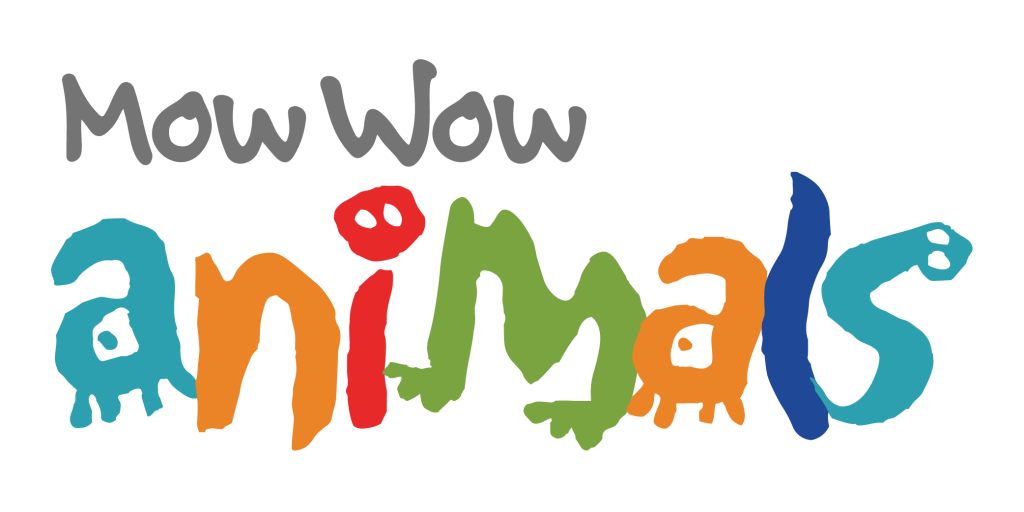Goal
To lay the foundation for understanding the interconnectedness of life on Earth and each person’s responsibility for sustaining the plants and animals that form part of it.
Content
In this unit we help our students understand the idea of ecology—the interdependent relationships among living beings, the place each plant and animal has in the biology of the earth, and the role each one plays in supporting life on earth. Another expression for this concept is the “web of life.”
- The students will learn about what constitutes the natural world and why maintaining the natural world is important.
- The students will learn that there are different kinds of ecosystems, or the environments that are occupied and supported by different kinds of animals and plants.
- The students will learn about the concept of the food chain and the places held by different organisms on the food chain.
- The students will be introduced to the idea that changing the environment affects the lives of the resident animals, and they will learn what kinds of human activity can change a natural environment and affect its animal life.
- The students will learn why it is important to keep wild places and wild animals wild. They will learn about the roles of animal sanctuaries and the ways in which they help, or not, to maintain a natural environment for the animals.
Click here to view California Standards Alignment.






